The Poetic Edda
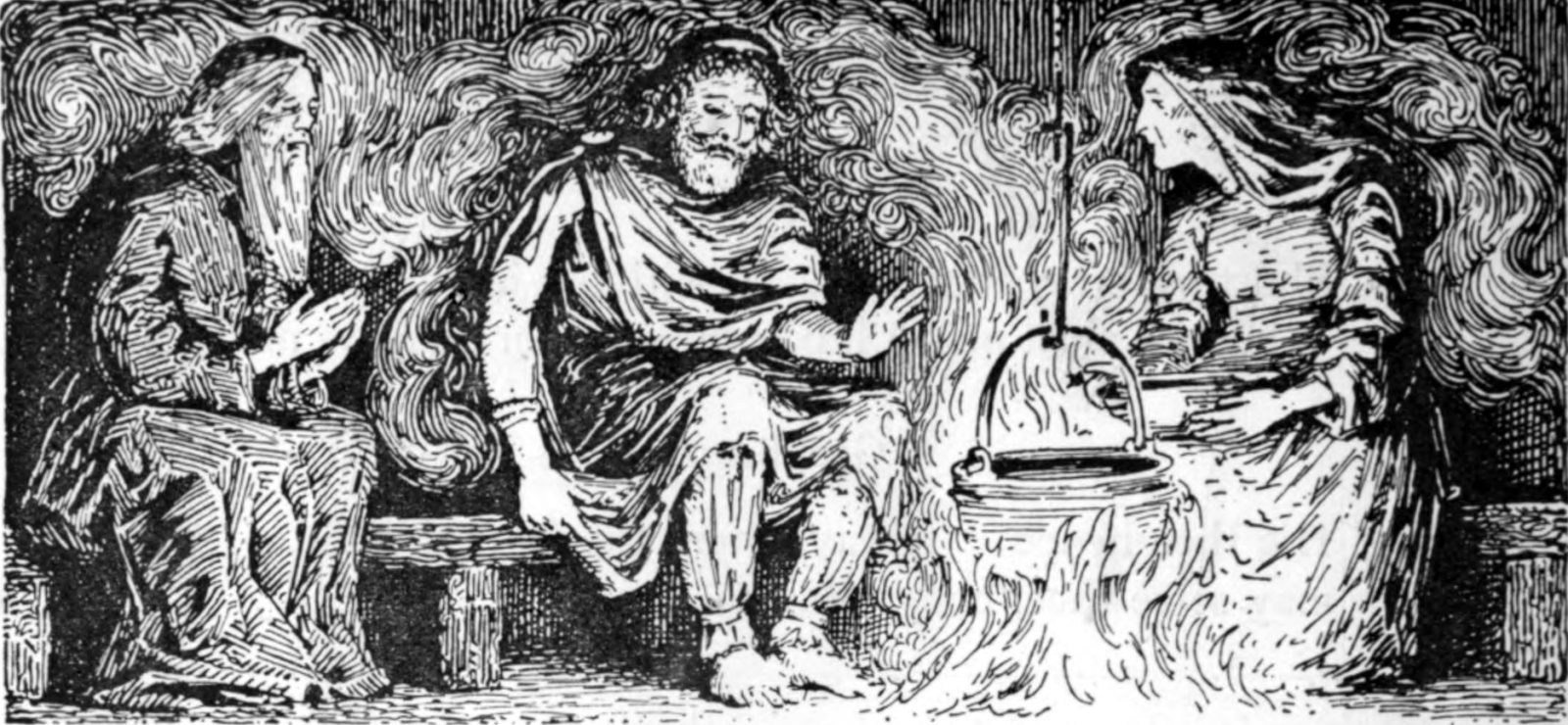
The Poetic Edda stands as one of the most significant literary works from the Viking Age, offering a profound glimpse into Norse mythology, poetry, and worldview. Compiled in the 13th century, it preserves ancient oral traditions and serves as a vital source for understanding pre-Christian Norse culture and beliefs. This article provides a detailed exploration of the Poetic Edda, its content, significance, and impact on the study of Norse mythology and Viking Age literature.
Origins and Compilation
Background: The Poetic Edda is a collection of Old Norse poems that were compiled in the 13th century, primarily by an unknown editor or editors who preserved the oral traditions of earlier centuries. The texts were likely composed from the 9th to the 13th centuries and reflect a blend of pagan and early Christian influences.
Manuscripts: The primary manuscript of the Poetic Edda is the Codex Regius, written around 1270, which remains one of the most critical sources for these poems. The Codex Regius is housed at the Árni Magnússon Institute for Icelandic Studies in Reykjavik. Other versions and fragments of the Poetic Edda exist, providing additional insights and variations.
Structure and Content
The Poetic Edda is divided into several distinct poems, each offering a different perspective on Norse mythology and heroic legend. The collection can be broadly categorized into two main groups: the mythological poems and the heroic poems.
Mythological Poems
Völuspá (The Prophecy of the Seeress):
- Content: This poem is one of the most famous in the Poetic Edda. It features a seeress who recounts the creation of the world, the history of the gods, and their eventual destruction during Ragnarök (the apocalypse).
- Significance: Völuspá provides a comprehensive overview of Norse cosmology and the end-times prophecy, giving insights into the Norse understanding of fate and the cosmos.
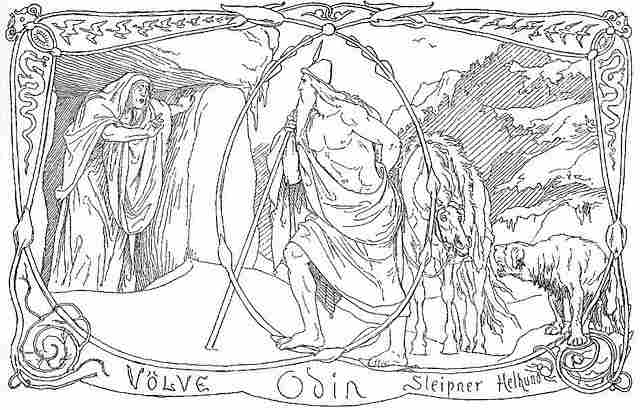
Hávamál (Sayings of the High One):
- Content: Attributed to Odin, the All-Father, this poem presents a collection of wisdom, proverbs, and practical advice on how to live a good life, handle personal relationships, and interact with the world.
- Significance: Hávamál offers a glimpse into Norse values and ethics, emphasizing themes of wisdom, hospitality, and self-reliance. It reflects the moral and philosophical outlook of the Viking Age.
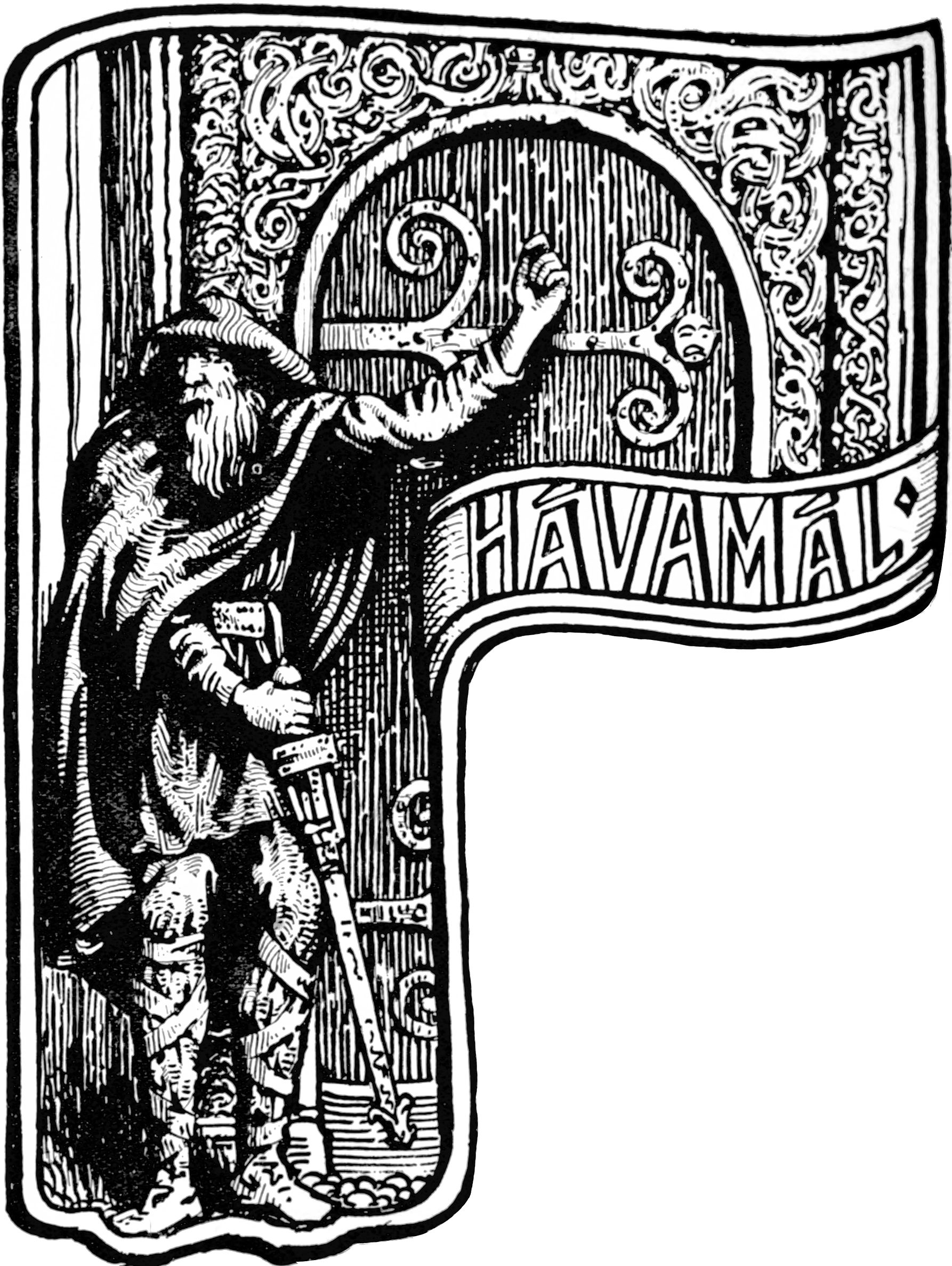
Vafþrúðnismál (The Sayings of Vafþrúðnir):
- Content: This poem is a dialogue between Odin and the wise giant Vafþrúðnir, covering topics such as the creation of the world, the origins of the gods, and the future of the cosmos.
- Significance: Vafþrúðnismál is crucial for understanding Norse mythological knowledge and the intellectual culture surrounding the gods and cosmology.

Grímnismál (The Sayings of Grímnir):
- Content: In this poem, Odin, disguised as the wanderer Grímnir, imparts knowledge about the gods, the world, and various mythical locations to a young prince named Agnar.
- Significance: Grímnismál provides detailed descriptions of the Norse pantheon and mythological places, contributing to the understanding of the religious and cultural context of the time.

Heroic Poems
Helgakviða Hundingsbana (The Lay of Helgi Hundingsbane):
- Content: This epic recounts the heroic deeds of Helgi Hundingsbane, a legendary warrior and his struggles against enemies and fate.
- Significance: Helgakviða Hundingsbana highlights the Norse heroic ethos, focusing on themes of bravery, honor, and the struggle against overwhelming odds.
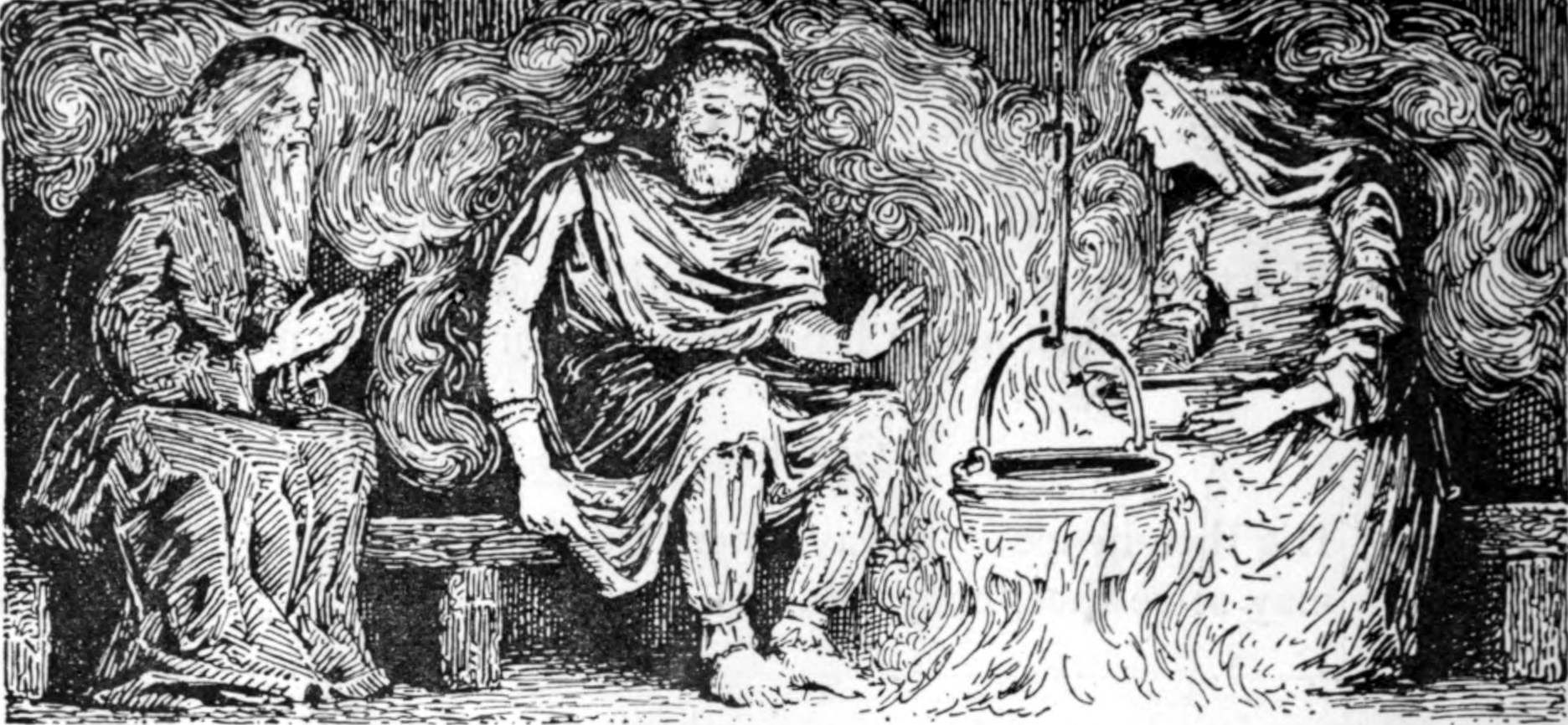
Sigrdrífumál (The Lay of Sigrdrífa):
- Content: The poem features the Valkyrie Sigrdrífa, who provides the hero Sigurd with vital knowledge and advice.
- Significance: Sigrdrífumál is significant for its depiction of Valkyries and the esoteric knowledge they impart to heroes, reflecting the mystic and magical aspects of Norse legend.
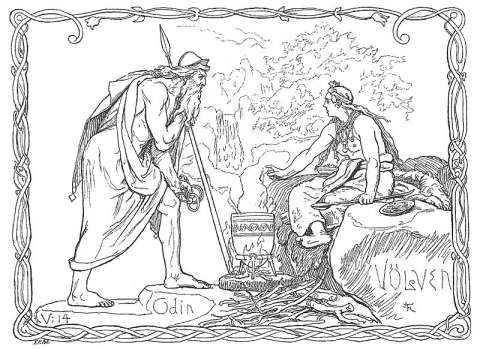
Fáfnismál (The Lay of Fáfnir):
- Content: This poem describes the slaying of the dragon Fáfnir by Sigurd and the subsequent acquisition of the dragon’s treasure.
- Significance: Fáfnismál ties into the broader saga of Sigurd, linking heroism with dragon slaying and treasure, and emphasizing the themes of fate and power.
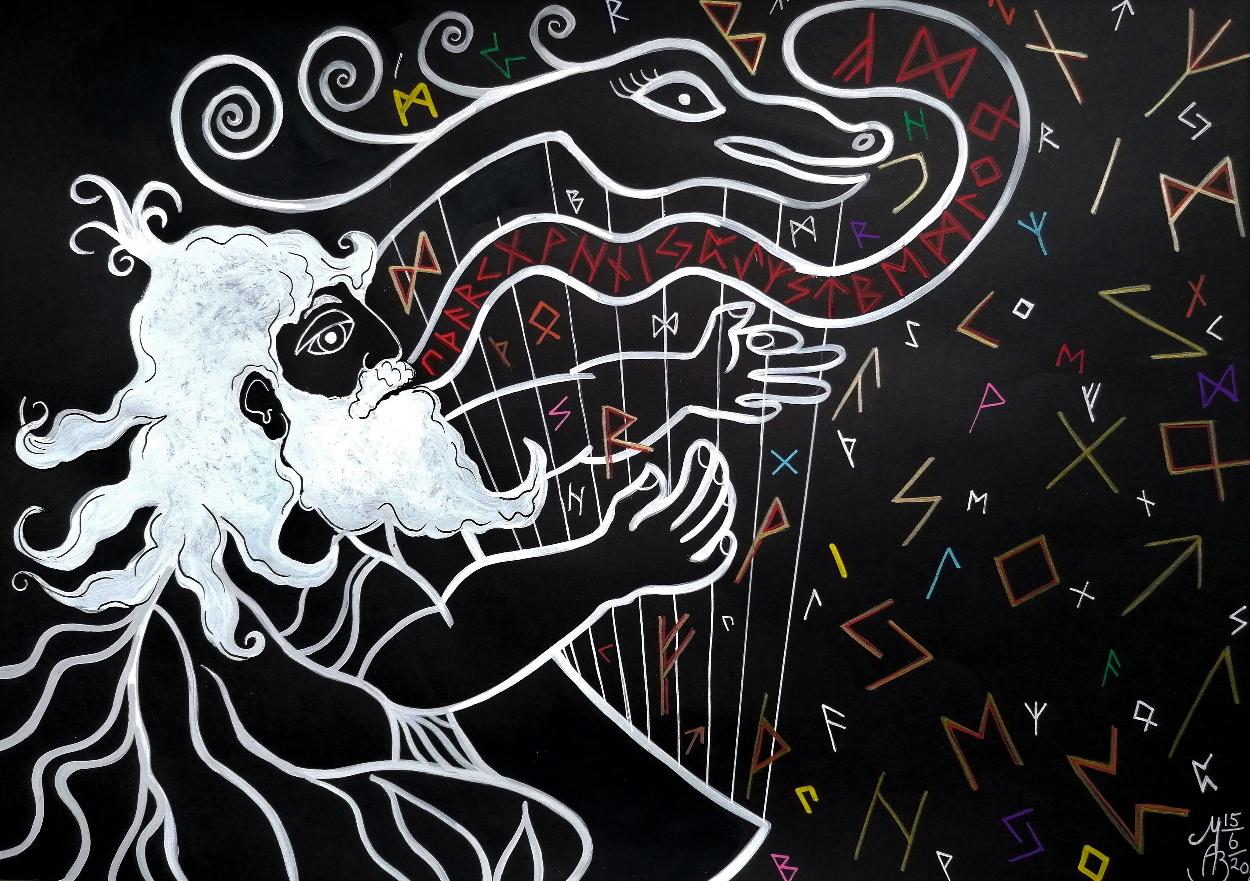
Literary and Historical Significance
Preservation of Oral Tradition: The Poetic Edda plays a critical role in preserving the oral traditions of the pre-Christian Norse. These poems were passed down through generations before being written down, encapsulating the myths, legends, and cultural values of the Viking Age.
Influence on Later Literature: The Poetic Edda had a profound influence on later medieval literature and modern interpretations of Norse mythology. It served as a source for various works, including those of J.R.R. Tolkien, who drew on Norse mythological themes for his own literary creations.
Religious and Philosophical Insights: The Poetic Edda offers insights into the religious beliefs of the Norse people, including their views on gods, fate, and the afterlife. It reflects a worldview centered on heroism, honor, and the inevitability of fate, providing a window into the spiritual and philosophical life of the Vikings.
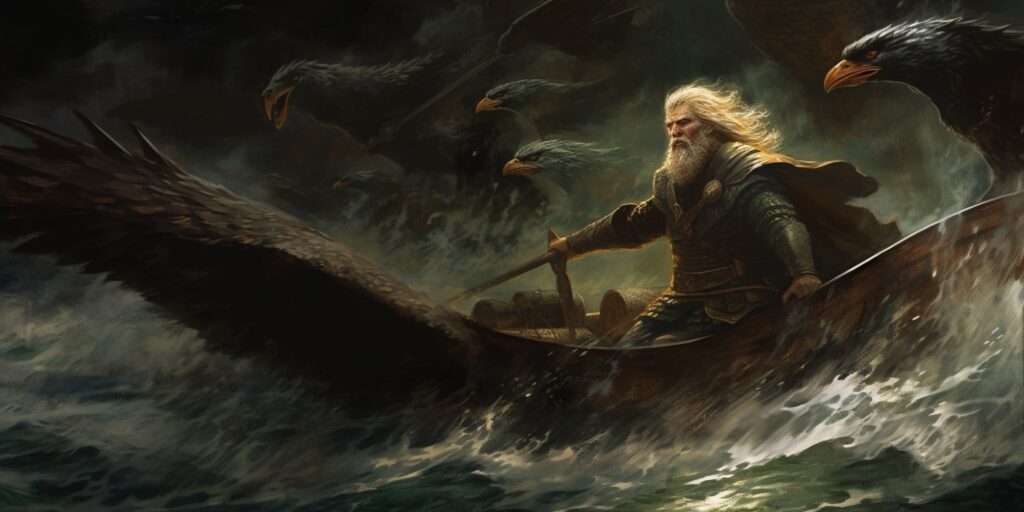
Modern Scholarship and Interpretation
Translations and Analysis: Modern translations and analyses of the Poetic Edda have made its content accessible to a wider audience. Scholars like Carolyne Larrington and Ursula Dronke have provided critical translations and interpretations that have expanded our understanding of the text.
Comparative Studies: Comparative studies of the Poetic Edda with other mythological traditions have revealed both unique and shared elements of Norse mythology, contributing to broader discussions about mythology and cultural exchange in medieval Europe.
The Poetic Edda is a cornerstone of Norse literary and cultural heritage. Through its preservation of mythological and heroic poetry, it offers invaluable insights into the Viking Age’s values, beliefs, and worldview. As a literary artifact, it continues to captivate scholars and enthusiasts alike, shedding light on a rich and complex tradition that has influenced both historical and modern literature.
References
- The Poetic Edda. Translated by Carolyne Larrington. Oxford World’s Classics, 1999.
- The Poetic Edda: A New Translation. Translated by Ursula Dronke. Volume I: Texts, Volume II: Commentary. Oxford University Press, 1997.
- Bellows, Henry Adams. The Poetic Edda. Harvard University Press, 1923.
- Byock, Jesse. Viking Age Iceland. Penguin Books, 2001.
- Orchard, Andy. Norse Myth and Legend. The History Press, 2011.
The Poetic Edda remains a vital key to unlocking the myths and legends of the Norse world, providing a lasting legacy of the Viking Age’s rich literary and cultural traditions.

Comments
This post currently has no comments.